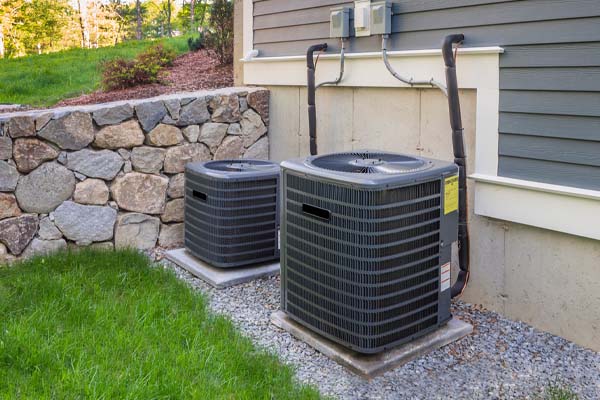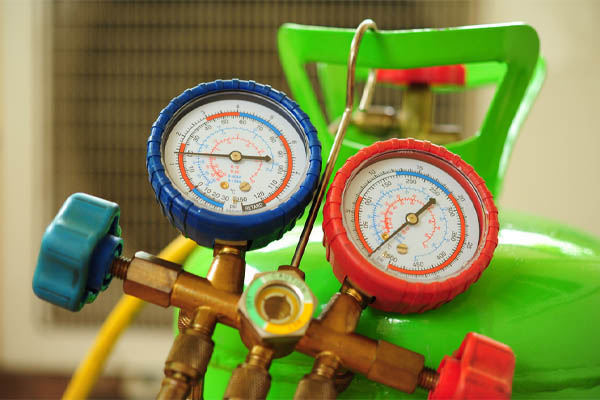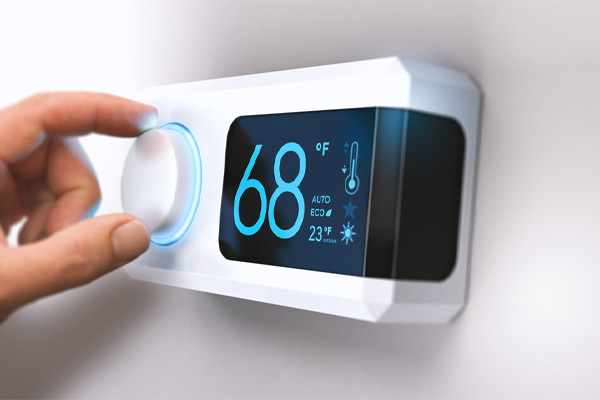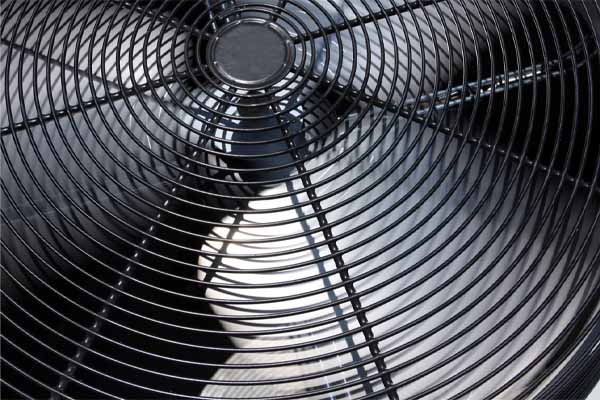
The air conditioner provides us with much-needed comfort after a long, hot day. It helps make summer days bearable. It protects us from the possible dangers that too much heat can have and ensures we sleep soundly at night. People from ancient times might think that the way we control our environments is magical. Air conditioners are an innovative use of different scientific concepts. If you have ever wondered “How does an air conditioner work?”, keep reading. In this article, we answer this question.
How Does An Air Conditioner Work?
This article includes a discussion on how an air conditioner controls the temperature in your home environment to keep you cool and comfy during the summer.
Parts Of An Air Conditioner

Familiarizing ourselves with the different parts of an air conditioning unit is the first step to knowing how it works. To keep it simple, here are the four main components and what they do to achieve proper and sufficient cooling around your home:
- Refrigerant: Also called coolant, this substance is the air conditioner’s lifeblood. Its job is to carry the heat outside and release it to the outdoor surroundings. During the cooling cycle, the refrigerant travels across the various components of the unit and changes along the way.
- Evaporator Coils: The main part of the indoor unit is responsible for absorbing the heat inside your home. The coils should always be clean so that they work at optimum levels at all times. Replace the air filters as needed as well.
- Condenser Coils: This is the main component of the outdoor unit and where the heat is released to the outside environment. Unfortunately, it is prone to gathering dirt and other debris, so periodic cleaning is necessary. Book an air conditioner maintenance as part of your summer preparation.
- Compressor: This operates as the heart of the system. It is the pump that ensures the refrigerant travels through the evaporator coils to the condenser coils.
An Air Conditioner’s Standard Cooling Process
The steps an air conditioner takes to ensure the completion of the cooling process are as follows:
Step 1: The Thermostat Signals The Need For Cooling

The air conditioning process starts with a push of a few buttons. You switch on your AC and set the desired temperature via the thermostat. This will trigger the sensors to determine the temperature in your home. If the ambient temperature is higher than what you want, the thermostat will signal for the cooling cycle to begin. The compressor will turn on so that the refrigerant can start its journey across the system. The fans will come to life as well.
Step 2: The Refrigerant Absorbs Heat From Indoor Air
The cold refrigerant stops at the evaporator coils. It will come into contact with hot indoor air here, absorbing the heat in the process. The air becomes colder as the refrigerant becomes warmer. If there is too much moisture in the air, the vapor will turn into water because of condensation. Therefore, your air conditioner also works as a dehumidifier. It is equipped with a tray where the water is collected before it is drained outside correctly. This way, the water does not trickle into your unit and house, preventing damage to your AC, floor, and walls.
Step 3: Fans Blow Back Cooler Air To The House

The fan blows the cold air around the evaporator coils to return to your home. If you have a central AC unit, the cold air travels through the ductwork to reach every room and achieve uniform cooling. On the other hand, a window or split system will blow the cold air to the room where they are installed. This allows you to control the temperature in these zones so that the varying needs of the occupants are met. The indoor unit in each zone can also be turned off when unoccupied for a more energy-efficient application.
Step 4: Heat Within The Refrigerant Is Released Outdoors
Just like a sponge, the refrigerant will eventually reach its limit when absorbing heat. Therefore, it needs to release the heat outdoors. It travels outside through the condenser coils in the outdoor unit to release the heat. The refrigerant will continue releasing heat as long as it is hotter than the outdoor environment. It will only stop when an equilibrium is reached.
Step 5: Fans Blow The Hot Air To The Surroundings
Powerful fans blow air across the condenser coils to further help the refrigerant cool down. The system enables heat to move outside faster. The outdoor unit’s surroundings will also get hotter, which can be evidenced when you go near it and feel the radiating heat. Since it is in an open area, the heat will dissipate in the wind, so your house can keep releasing indoor heat via the air conditioner to its surrounding area.
Step 6: The Cold Refrigerant Goes Back To The Indoor Unit
When the refrigerant hits its equilibrium, the compressor pumps it back to the indoor unit so the cycle can be repeated. It will continue until the thermostat sensors detect that the indoor temperature has reached the set temperature. This will trigger it to stop and rest until the temperature in your house rises again. The AC will restart the cooling process automatically when this happens.
Conclusion
The air conditioner does not generate cold air. Instead, it slowly removes the indoor heat until the air inside your house gets cold enough. An air conditioning system has a clever design that has been in use for decades. Advances in technology have pushed for more energy-efficient models so that your home consumes less power while still experiencing greater comfort.
Call Tevis Energy For All Of Your HVAC Requirements

When you need high-quality HVAC services in central Maryland and southern Pennsylvania, do not hesitate to call Tevis Energy. We have highly skilled and professionally certified technicians for all your superior heating and cooling needs, including air conditioner maintenance, boiler installations, furnace repairs, and mini-split replacements. All our friendly techs are knowledgeable and experienced to ensure correct and prompt HVAC services at all times.
Our company offers the most competitive HVAC service costs in the area. We can help improve the comfort and energy efficiency of your home with our maintenance services. We can recommend the best HVAC repair and replacement solutions that best fit your budget and specific needs as well. Our work comes with a guarantee because your satisfaction is our priority. Schedule a service appointment with Tevis Energy today and receive a free, in-home estimate.
You can click here to contact us now or call us at (410) 876-6800 to find out more!
